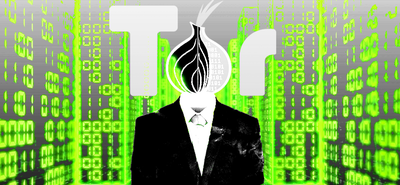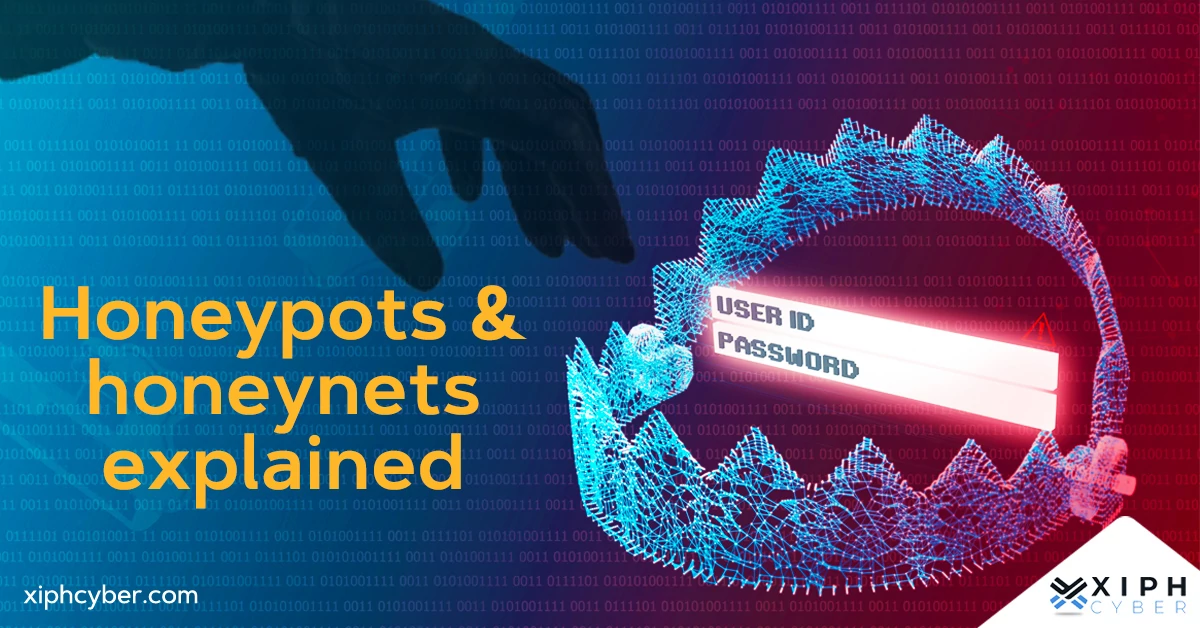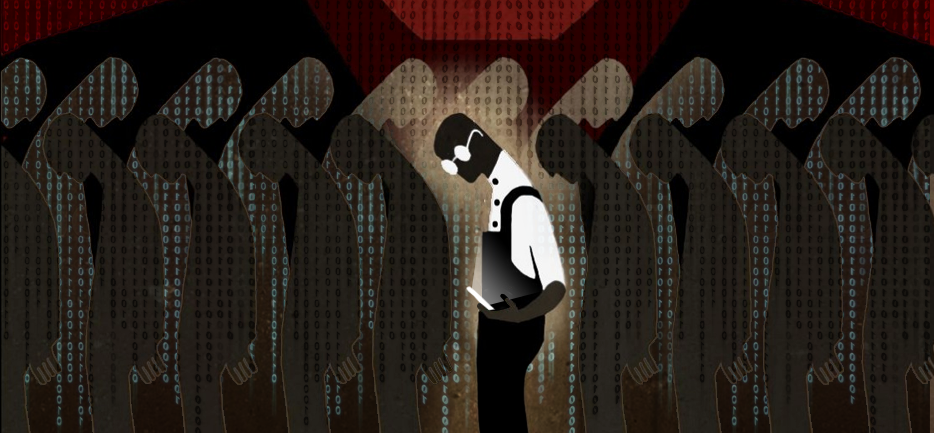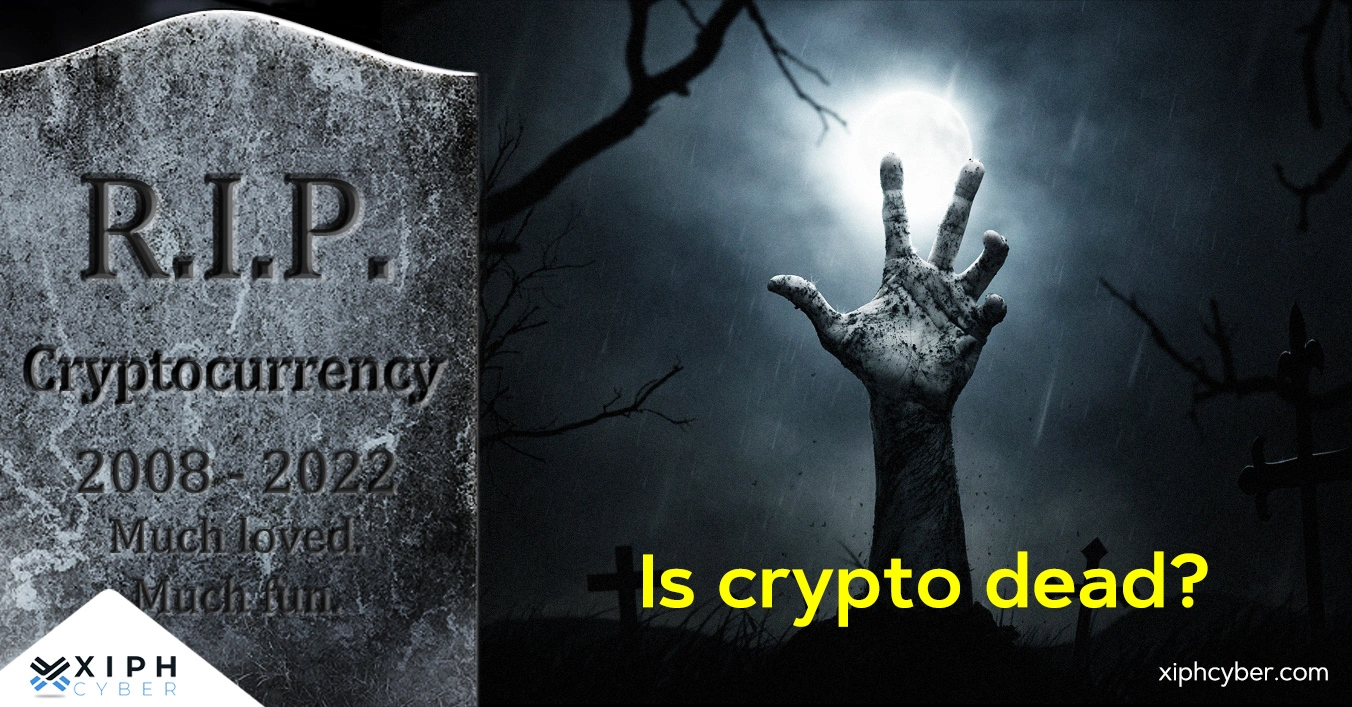Published Dec 29, 2019 by Xiph
The internet’s underbelly is much more than just fire and brimstone.

The word ‘dark’ immediately suggests something that’s opposite to good or whatever’s on the other side of good. It is synonymous with the sinister, the shady and the evil.
Over the past decade, a lesser-known layer of the internet entered the public consciousness and was quickly nicknamed the darknet. This nickname wasn’t unfairly allocated, as the darknet was and still is a breeding ground for illegality and immorality. But painting the entire online space with the same jet-black brush conceals what’s rarely reported and therefore largely unknown by the masses – good things can and do take place on the darknet.
The darknet for dummies
Before we delve any deeper, it’s important to get our definitions in order. In general, the internet can be separated into three layers. The first, is the surface web, which includes anything that’s indexed by search engines and readily searchable by the general public. If you search for information on World War II and are taken to Wikipedia, you are squarely in the middle of the surface web. This layer includes only .03% of total webpages available.
The deep web is a much larger layer that includes an ocean of diverse data (the other 99.97%) inaccessible through conventional search engines. Here, lives academic information, medical records, legal documents, scientific reports, government resources – as well as anything you or I access behind a password or subscription. A site such as Facebook (and the public view of your account) lives on the surface web, but your personal Facebook account, vantage point and messaging sits in the deep web.
The darknet is also technically part of the deep web, but it involves pages that are not accessible from conventional web browsers, even if you have the address. To access the darknet, you need to install dedicated software that work with .onion links as opposed to .coms, .nets, .orgs, etc… Thanks to special encryptions, darknet user browsing activity and website publisher content are both anonymous. The most popular piece of software that allows access to the darknet is known as Tor browser.
The well-earned bad rap
If you’ve heard of the darknet, chances are you’ve heard of its underground eCommerce markets, AKA darknet markets. The majority of these markets resemble Amazon or eBay except instead of browsing categories such as homewares and clothing, you encounter drugs, fraud elements and less commonly – weapons. Since their rise in the early 2010s, many of these bitcoin-fuelled sites have been seized by the FBI (a lengthy process that requires undercover infiltration) and many site creators have been put behind bars. But every time one market is shut down, a handful of others emerge in its place.
The darknet’s dark side doesn’t end there, in fact, it only gets darker. The darknet’s relative anonymity allows people to trade in dreadful material, practices and services – though these are more difficult to confirm and understandably so.
A speck of light in a sea of darkness
It’s impossible to put all of these monstrosities to one side and nor should we even try. But the darknet can and is used for noble and righteous purposes and they illuminate why it should be protected.
Firstly, the darknet has given citizens of countries where internet access is restricted, the means to communicate, reveal realities and speak out against oppression. Human Rights organisations such as Global Voices and Human Rights Watch recommend Tor to people in repressive regimes as both a way to impart and gain access to information. The International Broadcasting Bureau is a major Tor sponsor and cites it as a powerful platform in the pursuit of freedom.
The darknet is also a helpful tool for journalists, for similar reasons. Reporters Without Borders include the use of Tor in its survival kit for journalists and bloggers. The endurance of whistleblowers such as Edward Snowden owes a great debt to the darknet’s anonymity.
In a 2015 interview with the creators of Tor, Snowden asserted that “Tor is a critical technology, not just in terms of privacy protection, but in defence of our publication right — our ability to route around censorship and ensure that when people speak their voices can be heard.” He also imagined a world where such a platform wasn’t available to users:
“Without Tor, the streets of the Internet become like the streets of a very heavily surveilled city.”
For IT professionals, the darknet is the perfect place to among other things, test firewalls and allow for emergency internet access during DNS failures. For those in business, it allows the exchange of confidential information in a way that guarantees protection from prying eyes.
For all of us, it can offer a sense of relief in knowing that no matter the motivations of governments and corporations or how much legislation and manufacturer fine-print incorporates new ways to police our every action and thought, there exists a place where the internet still offers the freedom it always promised – one that lets a person remain autonomous.
For all its failings, when viewed from the right angle, the darknet, of all things, is one of the last remaining beacons in a world that’s switching off the light of personal freedom.
Posted in: Security


